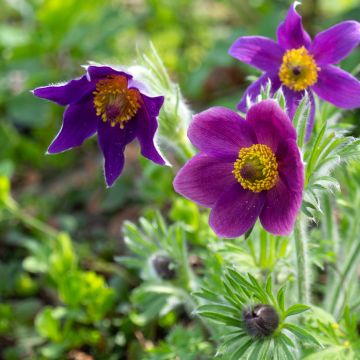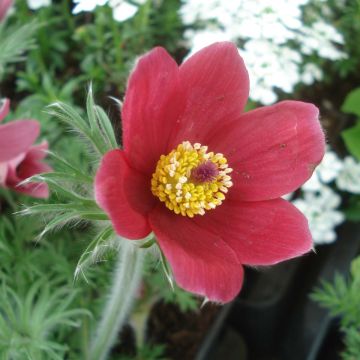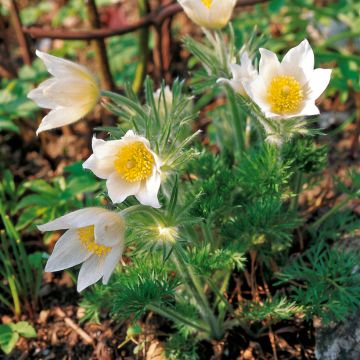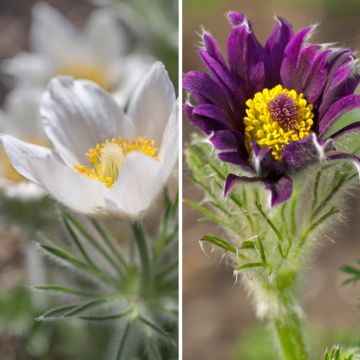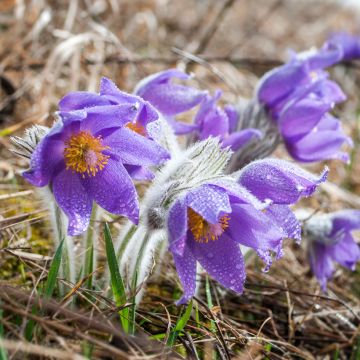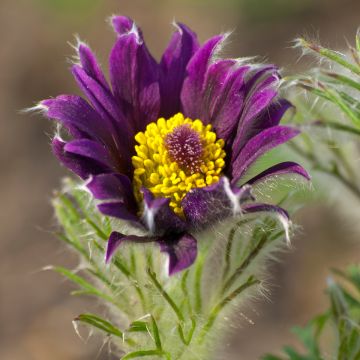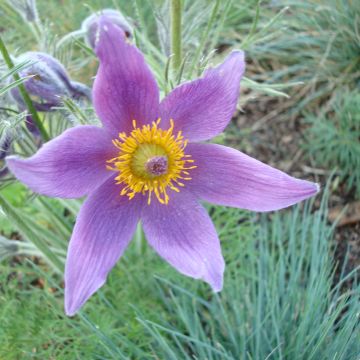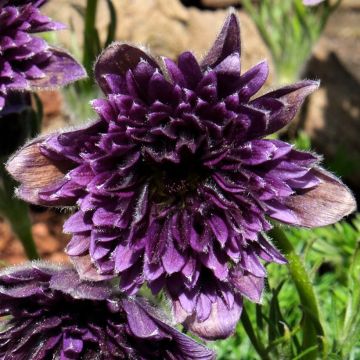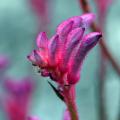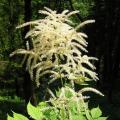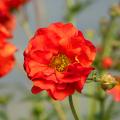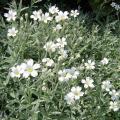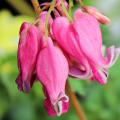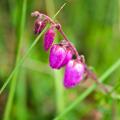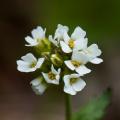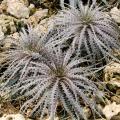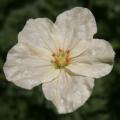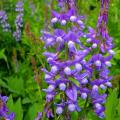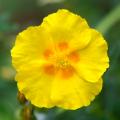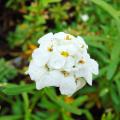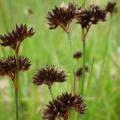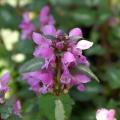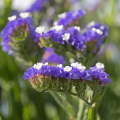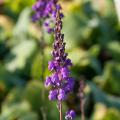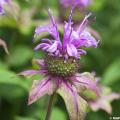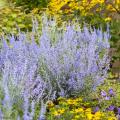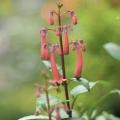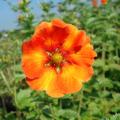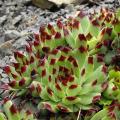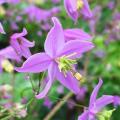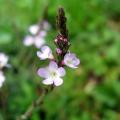Pulsatilla- Pasque Flower
Does this plant fit my garden? Set up your Plantfit profile →
Available in 1 sizes
Available in 1 sizes
Available in 1 sizes
Available in 1 sizes
Available in 1 sizes
Available in 1 sizes
Available in 1 sizes
Available in 1 sizes
The Pasqueflower, Pulsatilla in Latin, is a perennial herbaceous plant from the Ranunculaceae family closely related to anemones. While the most cultivated in our gardens is Pulsatilla vulgaris, which naturally grows in Europe, this genus includes more than thirty species distributed in North America, Europe, and Asia. These plants are appreciated for their finely cut foliage and their spring blooms in the shape of violet bell-shaped flowers (in the 'Violet' variety), or white or red depending on the variety, followed by feathery seed heads. The common Pulsatilla, sometimes called meadow anemone, wind flower or Easter flower, is a very hardy perennial plant that thrives in free-draining limestone soil and craves sunlight. It will naturally find its place in a raised bed or in rock gardens. Its beautiful bell-shaped flowers only open in the sun and close at the slightest drop of rain, oscillating in the wind like a small weather vane until the shower passes. We like to associate it with small grasses (stipa, fescues), sedums, and catmints, in a short-grassed high-altitude meadow that only lacks wild orchids.
Haven't found what you were looking for?







































